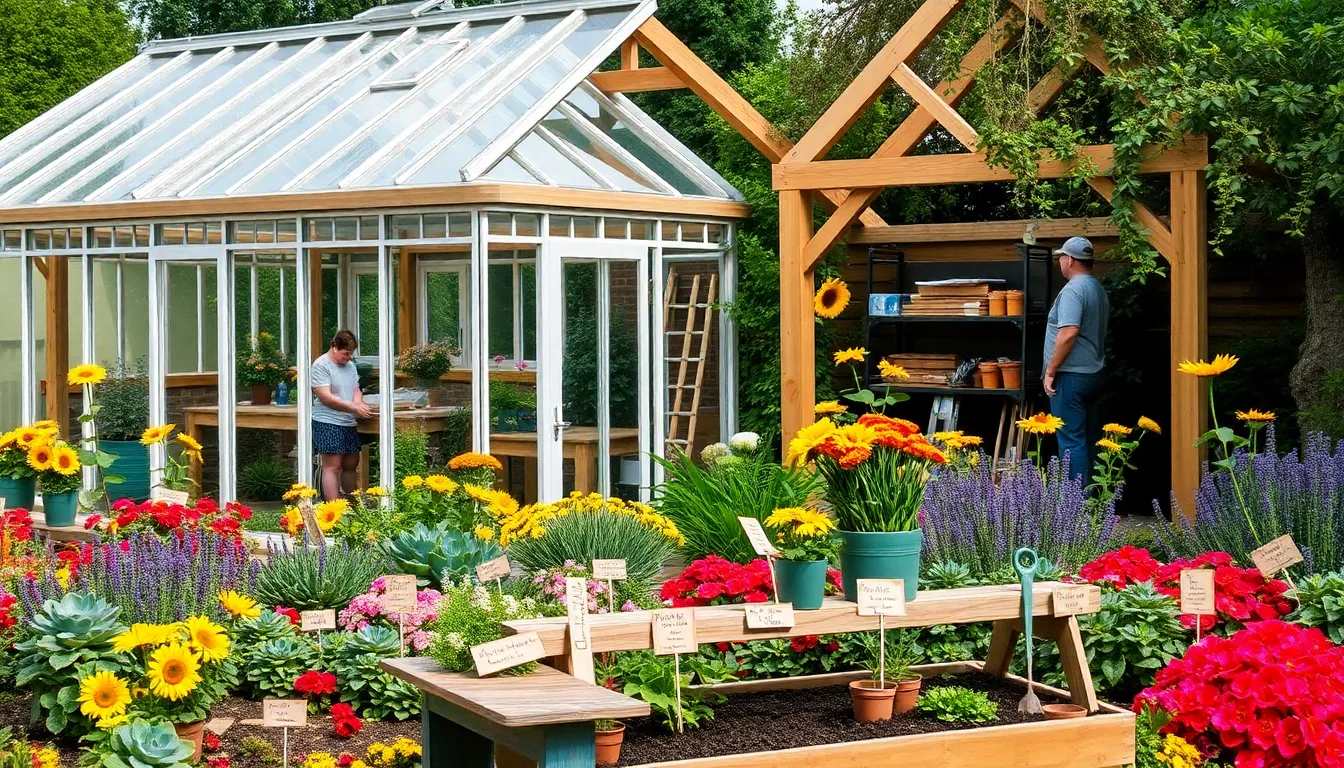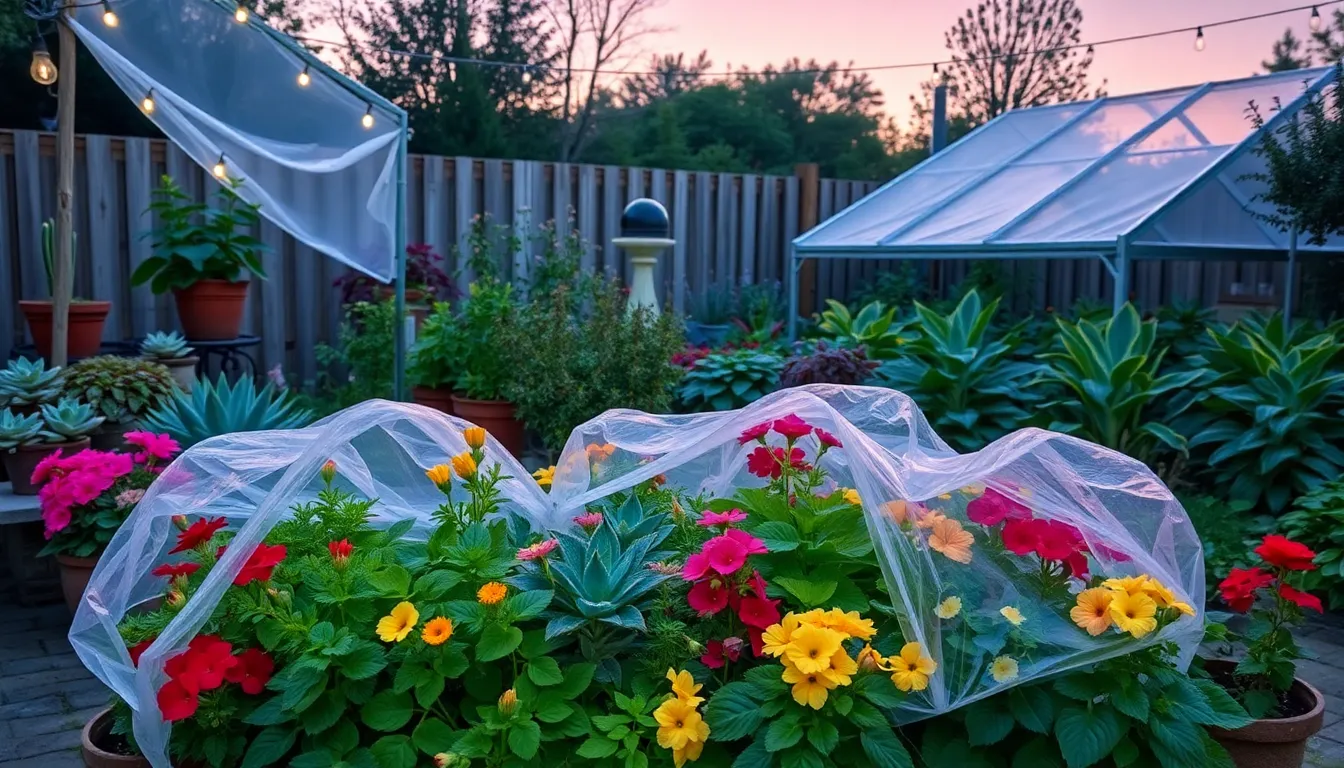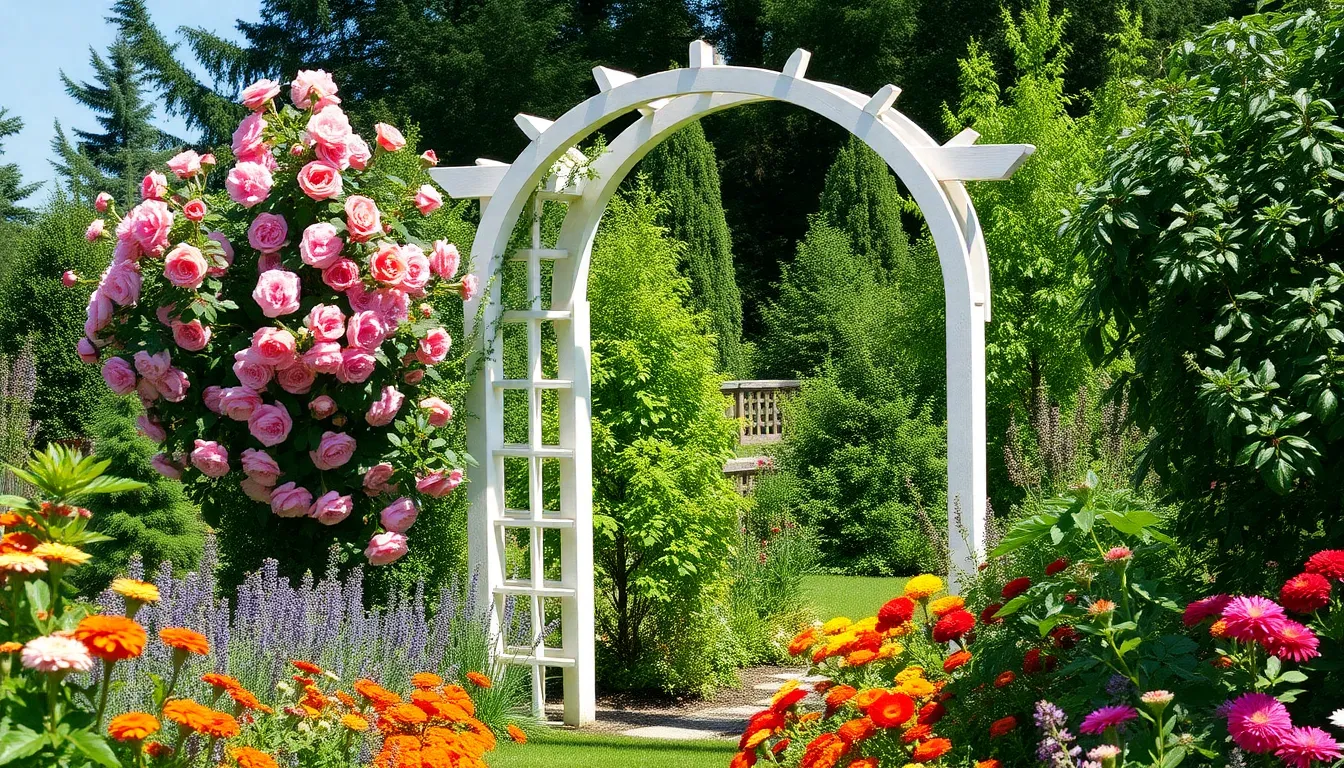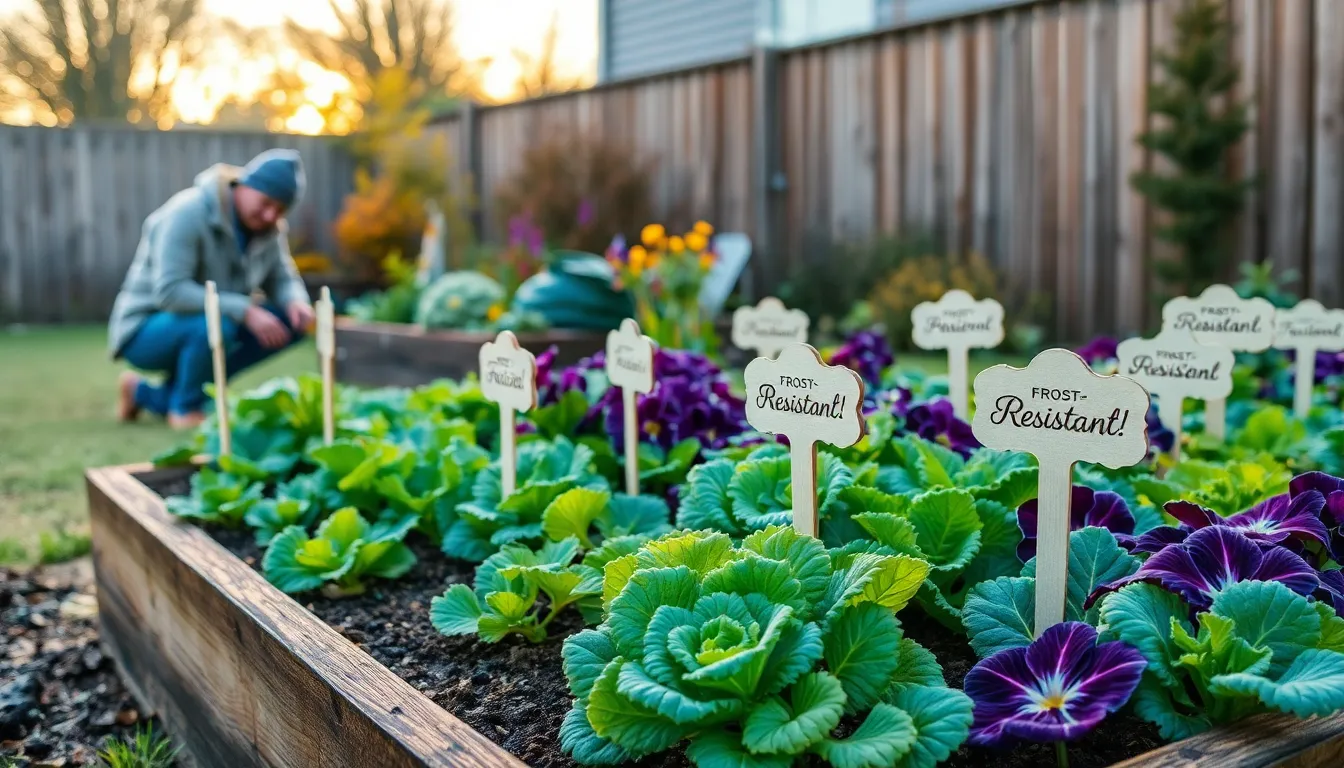Imagine stepping into your own lush oasis, regardless of the season or the whims of Mother Nature. For both budding gardeners and seasoned green thumbs, building a greenhouse is a transformative project that expands your gardening potential and protects your plants through the changing seasons. The prospect of creating this personal sanctuary might seem daunting, but understanding the timeline and steps involved can make it an achievable and rewarding endeavor.
Whether you’re a novice eager to extend your growing season or an expert looking to refine your horticultural techniques, a greenhouse offers unparalleled control over your plant environment. In this article, we will guide you through the journey, from selecting the right materials to estimating the time commitment for your greenhouse project. By the end, you’ll not only know how long it will take to build your greenhouse but also feel empowered to embark on this exciting gardening adventure.
Determining Your Greenhouse Size
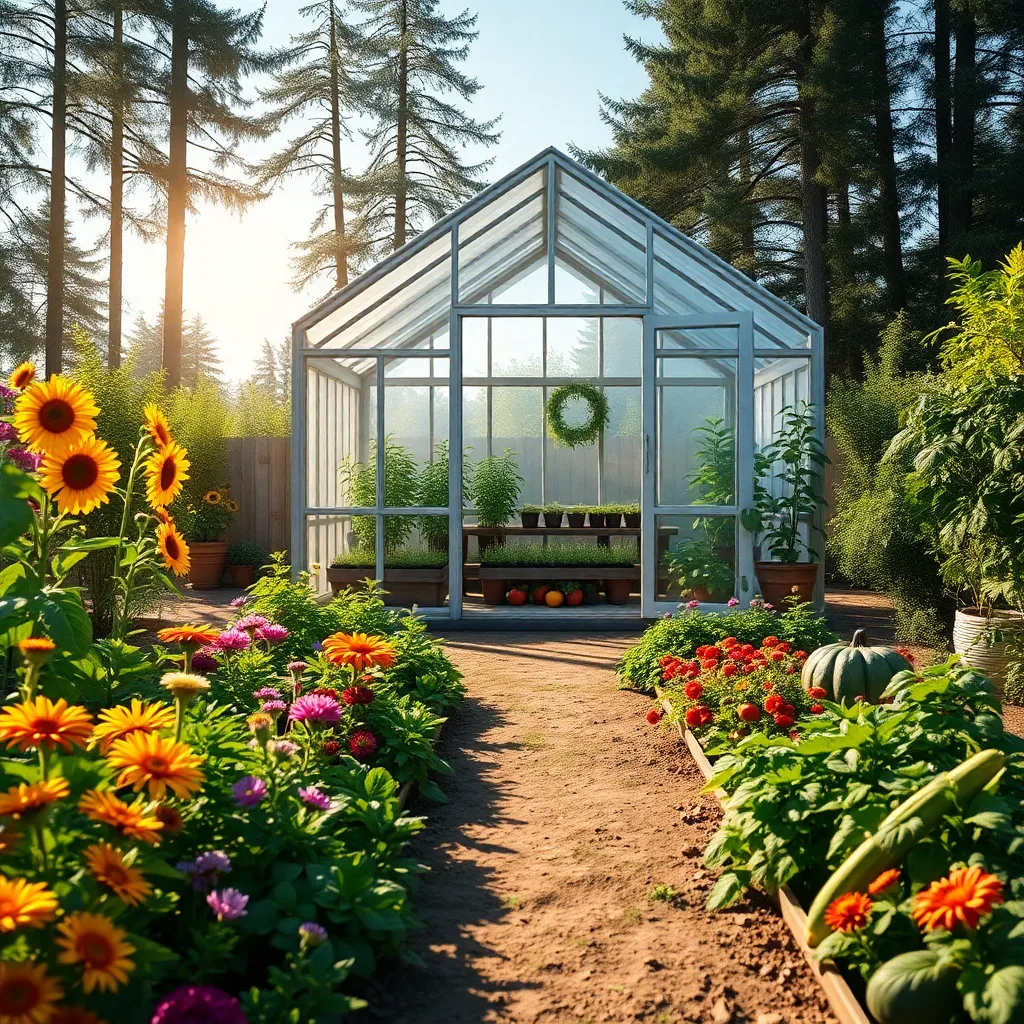
Choosing the right size for your greenhouse is crucial for optimizing plant growth and ensuring ease of maintenance. Start by assessing your gardening goals and the types of plants you wish to grow, as these factors will significantly influence the required space.
Consider the available space in your garden or yard, ensuring there is adequate room for both the greenhouse and easy access around it. A greenhouse that is too small might limit plant variety, while one that is too large could lead to inefficient use of resources.
For beginners, starting with a smaller greenhouse allows for easier management and less initial investment. As you gain confidence and experience, you can expand or upgrade to a larger structure to accommodate more or larger plants.
Experienced gardeners may want to consider advanced features like ventilation systems, heating, and irrigation when determining size, as these can impact plant health and growth rates. It’s also beneficial to factor in future plans, such as adding more plants or experimenting with different growing techniques, to ensure your greenhouse remains functional as your gardening skills evolve.
Choosing Materials for Construction
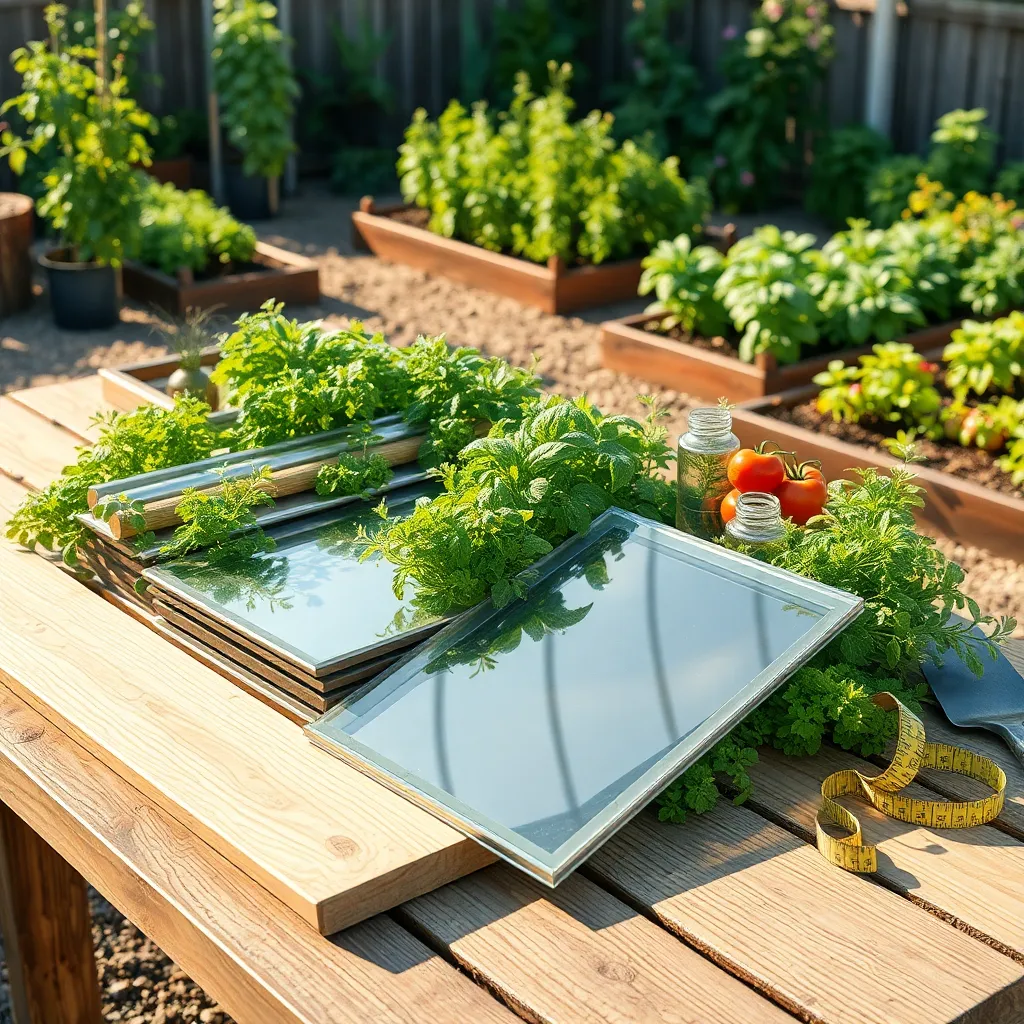
Choosing the right materials for your greenhouse construction is crucial for both durability and the success of your plants. Begin by considering the climate in your area, as this will influence the type of materials suitable for your greenhouse.
Polycarbonate panels are a popular choice due to their excellent insulation properties and UV protection, making them ideal for both cold and sunny climates. For gardeners on a budget, using polyethylene film can be an economical alternative, though it may need replacing every few years.
Wooden frames offer a natural aesthetic and good insulating properties, but require regular maintenance to prevent rot and pests. Alternatively, aluminum frames are low-maintenance and resistant to rust, though they may not provide the same insulation as wood.
Consider using a combination of materials to balance cost, durability, and performance. For example, you could use aluminum for the frame and polycarbonate for the panels, maximizing both longevity and energy efficiency.
Step-by-Step Building Timeline
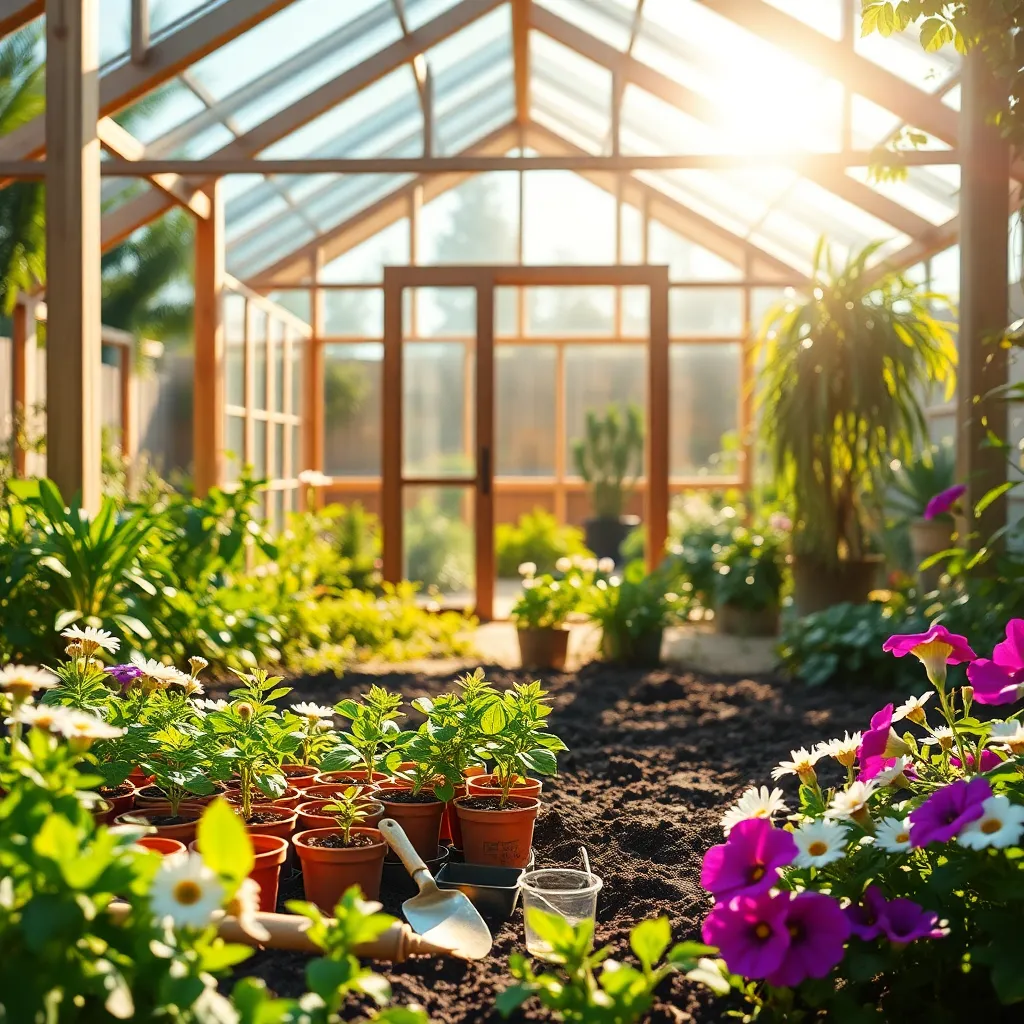
Before embarking on your greenhouse construction, it’s essential to create a detailed timeline that outlines each phase of the build. Start by allocating time for site preparation, including clearing the area and ensuring the ground is level.
Site preparation is crucial for a stable and effective greenhouse, so don’t rush this step. Allocate at least a weekend to clear debris, rocks, and weeds, ensuring a smooth foundation.
Next, plan for the foundation installation, which can vary depending on your chosen materials. Concrete bases offer durability but require more time to set, whereas a simple timber frame can be quicker to install.
Once the foundation is in place, it’s time to start assembling the greenhouse frame. This process can take a day or two, depending on the complexity of the design and the number of people assisting.
Remember to periodically check your progress against the timeline, adjusting as necessary. Flexibility is key to accommodating any unforeseen delays or weather conditions.
With the structure complete, focus on installing any necessary systems like ventilation and irrigation. Consider automatic watering systems to maintain consistent soil moisture levels, which are crucial for plant health.
Finally, allocate a few days for interior setup, such as arranging benches and planting beds. Choose a well-draining soil mix and organize plants according to their light and temperature needs to ensure optimal growth.
Factors Affecting Construction Time

When building a greenhouse, the construction time can be influenced by several factors. The size of the greenhouse is a major determinant, as larger structures naturally require more time to complete.
Additionally, the complexity of the design plays a crucial role. A simple, straightforward design will be erected much quicker than one with intricate details or custom features.
Materials chosen for construction also impact the timeline. Opting for pre-fabricated kits can significantly speed up the process, whereas sourcing custom materials might add delays.
Furthermore, the experience level of the builders can either hasten or extend the construction period. Hiring professionals might be more efficient, but assembling with friends can be a rewarding learning experience for all involved.
Weather conditions should not be overlooked, as they can greatly affect building schedules. Unfavorable weather, such as rain or strong winds, can cause unforeseen hold-ups and should be planned for in advance.
Finally, local regulations and permits may also influence the timeline. It’s advisable to check with local authorities early in the planning stage to avoid unexpected bureaucratic delays.
Final Touches and Inspections
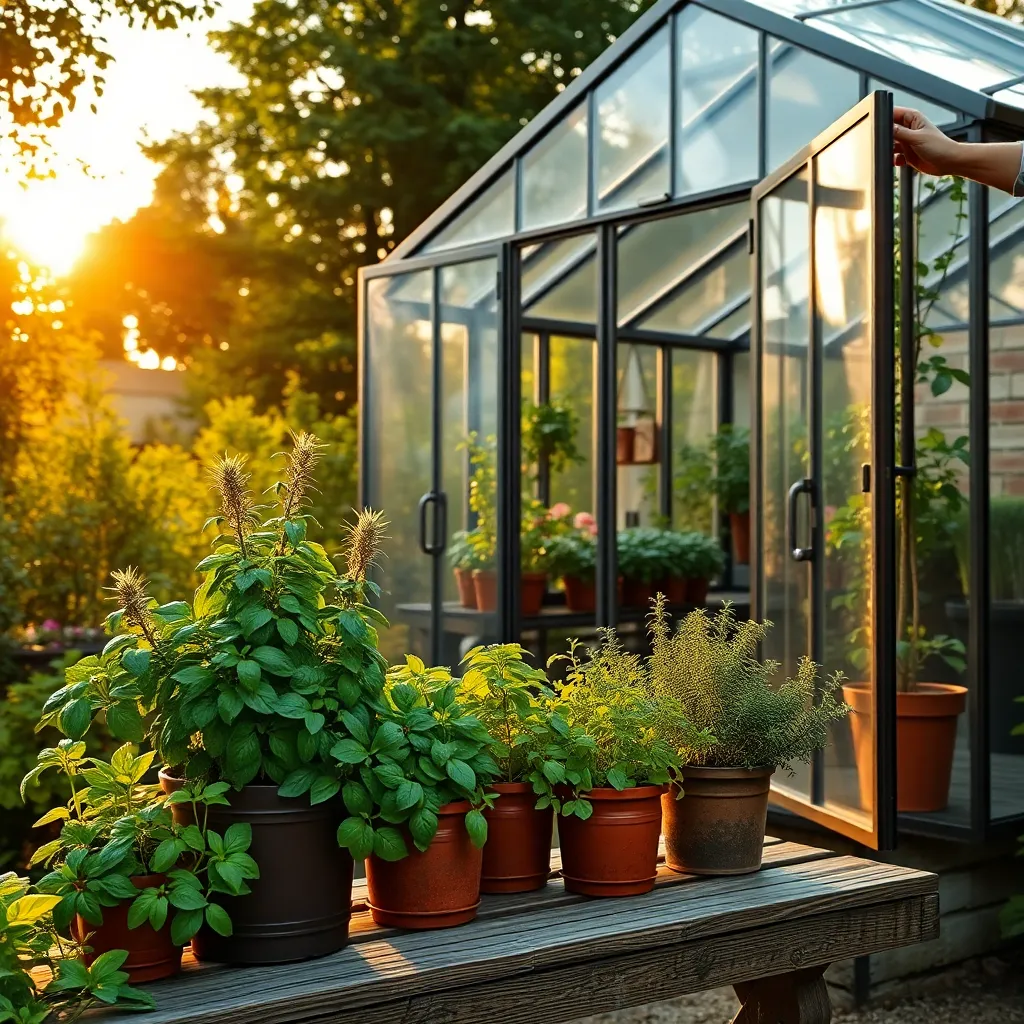
As you approach the final stages of building your greenhouse, it’s important to ensure that all components are securely in place. Check that the greenhouse frame is stable and all panels are tightly fitted to prevent any drafts or water leakage.
Inspect the door and window seals to confirm they are functioning properly. Proper sealing is crucial to maintaining consistent temperature and humidity levels inside your greenhouse.
Before planting, consider the soil you’ll be using inside your greenhouse. Opt for a high-quality potting mix that provides adequate drainage and nutrients essential for plant growth.
Ensure that your irrigation system is set up correctly, as consistent watering is key to healthy plants. Test the system by running it for a short period to check for even water distribution.
For advanced gardeners, consider installing a climate control system to regulate temperature and humidity. Such systems can be particularly beneficial if you plan to grow delicate plants that require specific conditions.
Conclusion: Growing Success with These Plants
In exploring ‘How Long Does It Take To Build A Greenhouse,’ we delved into five key relationship concepts: the importance of laying a strong foundation through communication, the necessity of mutual support akin to nurturing growth, the value of patience as relationships develop over time, the significance of adaptability in weathering life’s challenges, and the role of shared goals in cultivating a thriving partnership. Each concept highlights that building a relationship, much like constructing a greenhouse, requires time, effort, and care.
As an actionable next step, take a moment today to discuss a shared goal with your partner—be it a short-term project or a long-term dream. This simple act can strengthen your bond and align your visions for the future.
Remember, relationships are dynamic and ever-growing. Bookmark this article as a valuable resource to return to whenever you need a reminder or a boost in your relationship journey. By integrating these principles into your daily life, you are planting the seeds for a flourishing future together. Embrace the journey, and watch your relationship bloom with resilience and joy.

